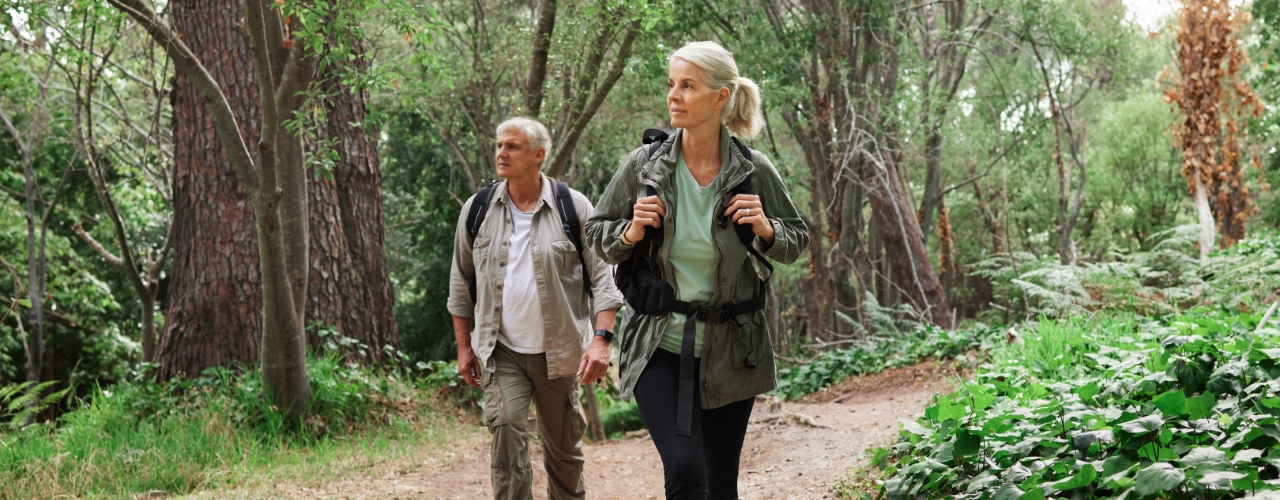Why I stretch every day and why you might want to too

Have you ever come home from work with a headache, a sore back, or a stiff neck? Or maybe you just feel tired and you don’t really know why.
A lot of the time the pull to slump down on the sofa or just pop some painkillers to keep going is really strong. It’s quick and easy, right? And we just want to feel good again.
But what if there was something else that helped get rid of the pain and actually gave you more energy? That is something worth thinking about. And, what if it was easy and quick to do? Great! So what is it?
STRETCHING! Yup, that thing your pets do all the time after a long nap or a run in the park. Animals stretch instinctively and also because it just feels good. It costs nothing and gives so much. Like pain relief, better posture, improved balance, and renewed energy. Why wouldn’t you want to try a daily stretching routine? Often that nagging headache, muscle pull or joint pain is quickly relieved through stretching.
After a long day working as a Rehabilitation Assistant helping other people feel better, I often struggle with neck and shoulder pain. By sitting in a comfortable position on a chair or on the floor and stretching my neck, shoulders and upper back for 10-15 minutes, I am able to feel the pain melt away completely 9/10 times. The other one percent of the time I usually need a good night’s sleep! It is nice to be reminded how what I do for work really works. I am my own best advocate when it comes to physiotherapy as a cure.
As a Rehab Assistant I know why we should stretch:
- reduce risk of injury by preparing muscle for activity
- prevent muscles from shortening due to chronic poor posture or misalignment
- reduce stresses on joints and the skeleton
I know the technique we should use:
- Muscles should be “warmed up” with good circulation before stretching
- No bouncing or jerking movements
- Slow gradual movements with sustained holds
- A stretch should be held for 30 seconds in order to overcome the “stretch reflex” (when the brain thinks the muscle is being torn)
I know which stretches need to be prioritized:
- Postural muscles: traps, back extensors, hip flexors, gastrocnemius and soleus.
- Joint muscles: neck muscles, triceps and hamstrings
- Injury prone areas specific to the individual and sport/activity/work.
A Rehabilitation Assistant will use Assisted Stretching Techniques when appropriate:
- Passive Stretching: Assistant supports limb and moves patient into the stretch position with the patient relaxed.
- Contract-relax: Assistant asks the patient to alternately contract the muscle against resistance to perform an isometric contraction and then relax to allow the same muscle to be stretched
Environmental Considerations:
When stretching independently or with an Assistant it is best to aim for an atmosphere that encourages relaxation of yourself and of your muscles. Consider calm lighting, music or meditative sound that is enjoyed, a comfortable room temperature, work surface and clothing.
It is nice to know that what is good for me is also good for you. Our own musculoskeletal system may be unique and require specialized individual attention, but we all share the benefits from stretching in so many ways. Some we already knew, maybe others will become brand new knowledge to add to the toolbox we use to repair ourselves for a life of good health.
So warm up, breath, stretch, breath, stretch and repeat!
IMPORTANT! If you have pain that does not go away with stretching, speak to your physiotherapist. The problem is likely deeper in the musculoskeletal system than you can treat on your own. There is always an answer to your condition that can be found through a comprehensive body assessment. Physio for Life and Physio for Seniors has two offices to serve you as well as offering in-home visits and virtual appointments for your convenience. And, friendly Rehab Assistants can help you work on stretching programs as you learn techniques to maintain a healthy skeleton, balance muscles so they are not stretched too long or shortened too tight, and just generally feel energized and pain-free at the end of a long day.
Feel the Stretch and Feel Great!

